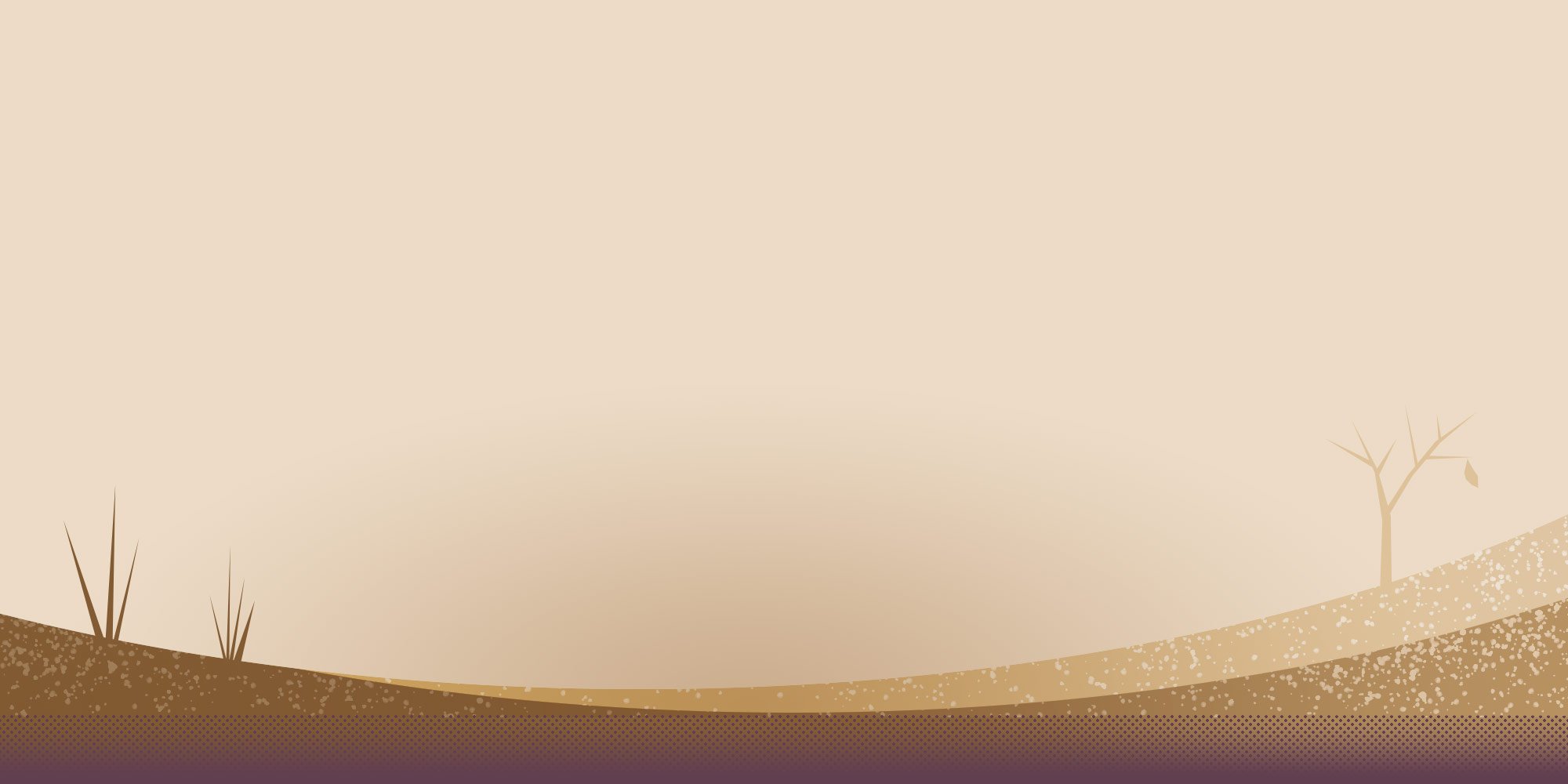
How we help through
FARMING
Building stronger and happier crops from the ground up.

Modern agriculture’s primary focus is to maximize production of the current years crop with often times very little or no long term approach to building back the soil. This leaves soils depleted of carbon, minerals, and biology.
Our Arid desert soils are no exception.
With little or no organic matter present in sandy/gravely soils combined with our extreme temperatures and short cool seasons, desert trees and plants are particularly vulnerable to premature fruit senescence (deterioration with age), leaf scorching, or complete plant collapse.

How do we help our desert soils?
The industrial agricultural practice of turning over the first few inches of soil before planting new crops to work in manure and aerate the soil is called tilling. With this method, soil becomes bare and loose which means it's likely to be eroded by air and water. This also displaces and/or kills off microbes and insects.
Tilled soil is lifeless and dependent on chemicals.
The No Till Approach
When we eliminate tilling from our practices, the soil's structure — comprised of particles of soil, root channels, and organisms — remains in place. This improves the soil’s ability to absorb and infiltrate water by reducing soil erosion and runoff and giving it a better chance in droughts. The no-till approach also allows for slow evaporation and maintains a healthy soil biome.
Don't farm naked!
-

MAINTAIN COVER CROPS WHEN YOU CAN, LEAVE TREE TRIMMINGS,...
-

OR USE MULCHES AS GROUND COVER



